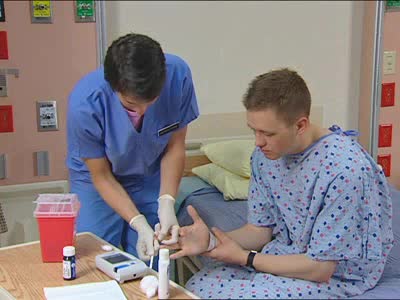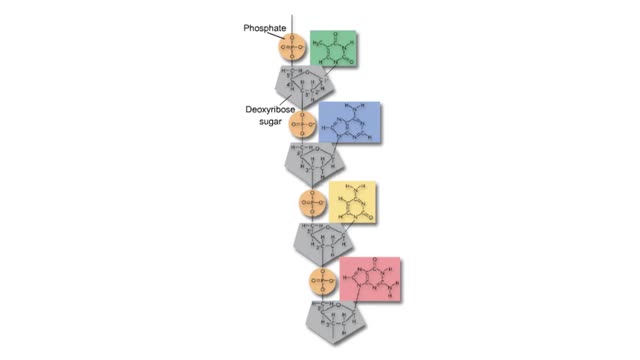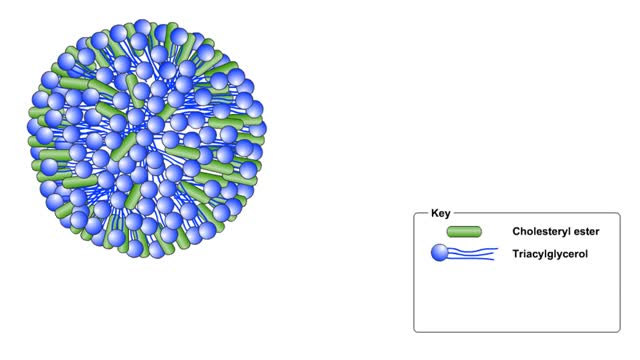Hyperglycemia Animation
By: Administrator
Date Uploaded: 05/02/2019
Tags: Hyperglycemia hypoglycemia high sugar
Attachments: image.png (17KB)
Hyperglycemia means high (hyper) glucose (gly) in the blood (emia). Your body needs glucose to properly function. Your cells rely on glucose for energy. Hyperglycemia is a defining characteristic of diabetes—when the blood glucose level is too high because the body isn't properly using or doesn't make the hormone insulin. You may become hyperglycemic if your blood glucose is too high You get glucose from the foods you eat. Carbohydrates, such as fruit, milk, potatoes, bread, and rice, are the biggest source of glucose in a typical diet. Your body breaks down carbohydrates into glucose, and then transports the glucose to the cells via the bloodstream. Body Needs Insulin However, in order to use the glucose, your body needs insulin. This is a hormone produced by the pancreas. Insulin helps transport glucose into the cells, particularly the muscle cells. People with type 1 diabetes no longer make insulin to help their bodies use glucose, so they have to take insulin, which is injected under the skin. People with type 2 diabetes may have enough insulin, but their body doesn't use it well; they're insulin resistant. Some people with type 2 diabetes may not produce enough insulin. People with diabetes may become hyperglycemic if they don't keep their blood glucose level under control (by using insulin, medications, and appropriate meal planning). For example, if someone with type 1 diabetes doesn't take enough insulin before eating, the glucose their body makes from that food can build up in their blood and lead to hyperglycemia. Your endocrinologist will tell you what your target blood glucose levels are. Your levels may be different from what is usually considered as normal because of age, pregnancy, and/or other factors. Fasting hyperglycemia is defined as when you don't eat for at least eight hours. Recommended range without diabetes is 70 to 130mg/dL. (The standard for measuring blood glucose is "mg/dL" which means milligrams per deciliter.) If your blood glucose level is above 130mg/dL, that's fasting hyperglycemia. Fasting hyperglycemia is a common diabetes complication. Postprandial or reactive hyperglycemia occurs after eating (postprandial means "after eating"). During this type of hyperglycemia, your liver doesn't stop sugar production, as it normally would directly after a meal, and stores glucose as glycogen (energy sugar stores). If your postprandial (1-2 hours after eating) blood glucose level is above 180mg/dL, that's postprandial or reactive hyperglycemia. However, it's not just people with diabetes who can develop hyperglycemia. Certain medications and illnesses can cause it, including beta blockers, steroids, and bulimia. This article will focus on hyperglycemia caused by diabetes. Early Hyperglycemia Symptoms Early symptoms of hyperglycemia, or high blood glucose (sugar), may serve as a warning even before you test your glucose level. Typical symptoms may include: Increased thirst and/or hunger Frequent urination Sugar in your urine Headache Blurred vision Fatigue Ketoacidosis: When Hyperglycemia Becomes Severe for People with Type 1 Diabetes If you have type 1 diabetes, it is important to recognize and treat hyperglycemia because if left untreated it can lead to ketoacidosis. This happens because without glucose, the body's cells must use ketones (toxic acids) as a source of energy. Ketoacidosis develops when ketones build up in the blood. It can become serious and lead to diabetic coma or even death. According to the American Diabetes Association, ketoacidosis affects people with type 1 diabetes, but it rarely affects people with type 2 diabetes. Many symptoms of ketoacidosis are similar to hyperglycemia. The hallmarks of ketoacidosis are: High level of ketones in the urine Shortness of breath Fruit-smelling breath Dry mouth Additionally, stomach pain, nausea, vomiting, and confusion may accompany ketoacidosis. Immediate medical attention is highly recommended if you have any of these symptoms. Some people with diabetes are instructed by their doctor to regularly test ketone levels. Ketone testing is performed two ways: using urine or using blood. For a urine test, you dip a special type of test strip into your urine. For testing blood ketones, a special meter and test strips are used. The test is performed exactly like a blood glucose test. If ketone testing is part of your self-monitoring of diabetes, your healthcare professional will provide you with other information including prevention. Hyperosmolar Hyperglycemic Nonketotic Syndrome (HHNS): When Hyperglycemia Becomes Severe for People with Type 2 Diabetes Hyperosmolar hyperglycemic nonketotic syndrome (HHNS) is very rare, but you should be aware of it and know how to handle it if it occurs. HHNS is when your blood glucose level goes way too high—you become extremely hyperglycemic. HHNS affects people with type 2 diabetes. HHNS is most likely to occur when you're sick, and elderly people are most likely to develop it. It starts when your blood glucose level starts to climb: when that happens, your body will try to get rid of all the excess glucose through frequent urination. That dehydrates your body, and you'll become very thirsty. Unfortunately, when you're sick, it's sometimes more difficult to rehydrate your body, as you know you should. For example, it might be difficult to keep fluids down. When you don't rehydrate your body, the blood glucose level continues to climb, and it can eventually go so high that it could send you into a coma. To avoid hyperosmolar hyperglycemic nonketotic syndrome, you should keep close watch on your blood glucose level when you're sick (you should always pay attention to your blood glucose level, but pay special attention when you're sick). Talk to your healthcare professional about having a sick-day plan to follow that will help you avoid HHNS. You should also be able to quickly recognize the signs and symptoms of HHNS, which include: Extremely high blood glucose level (over 600 mg/dL) Dry mouth High fever (over 101ºF) Sleepiness Vision loss Treating Hyperglycemia Treating hyperglycemia is a matter of working on preventing it. If your blood glucose level is consistently too high, talk with your doctor about what you can do to keep it in a more normal range. He or she may suggest: Medication Adjustment: Your doctor may adjust your insulin (or glucose-lowering medication) dose or when you take it to help prevent hyperglycemia. Meal Plan Help: A healthy diet and proper meal planning can help you avoid hyperglycemia. This includes eating often, watching intake of sugar and carbohydrates, limiting use of alcohol, and eating a diet rich in vegetables, fruit and whole grains. If you are having difficulty planning meals, talk to your doctor or dietitian. Exercise: Regular exercise is important (even if you don't have diabetes). Maintaining a healthy level of activity can help you keep your blood glucose level in a normal range. However, if you develop hyperglycemia and/or ketones are present in your urine, don't exercise. Hyperglycemia and/or ketones in the urine mean exercise will cause your blood glucose to rise higher. Preventing Hyperglycemia The easiest way to prevent hyperglycemia is to control your diabetes. That includes knowing the early symptoms—no matter how subtle. Remember, there are many aspects of your diabetes care you can control: Taking your insulin (or glucose-lowering medication) as prescribed Avoiding consuming too many calories (i.e., sugary beverages) Consuming the right types and grams of carbohydrates Controlling stress Staying active (exercising) Going to your regularly scheduled doctor's appointments Hyperglycemia is a common complication of diabetes, but through medication, exercise, and careful meal planning, you can keep your blood glucose level from going too high—and that can help you in the long-run. Keeping your blood glucose levels in the recommended ranges throughout the day will help you avoid long-term complications of diabetes, such as: Eye damage Heart attack—or other cardiovascular complications Kidney damage Nerve damage Stroke Problems with healing wounds By maintaining your blood glucose levels—and avoiding hyperglycemia—you can reduce your risk of all these complications.
Add To
You must login to add videos to your playlists.
Advertisement












Comments
0 Comments total
Sign In to post comments.
No comments have been posted for this video yet.